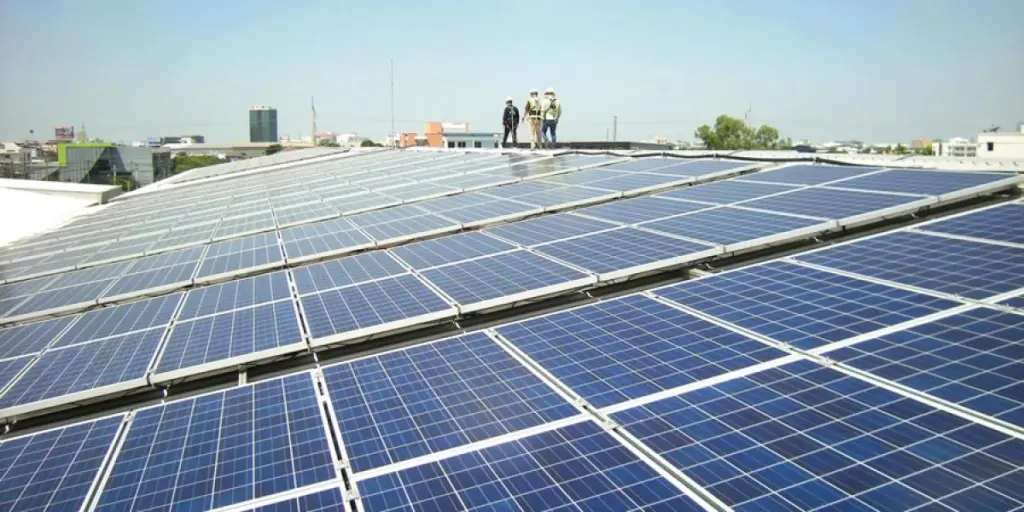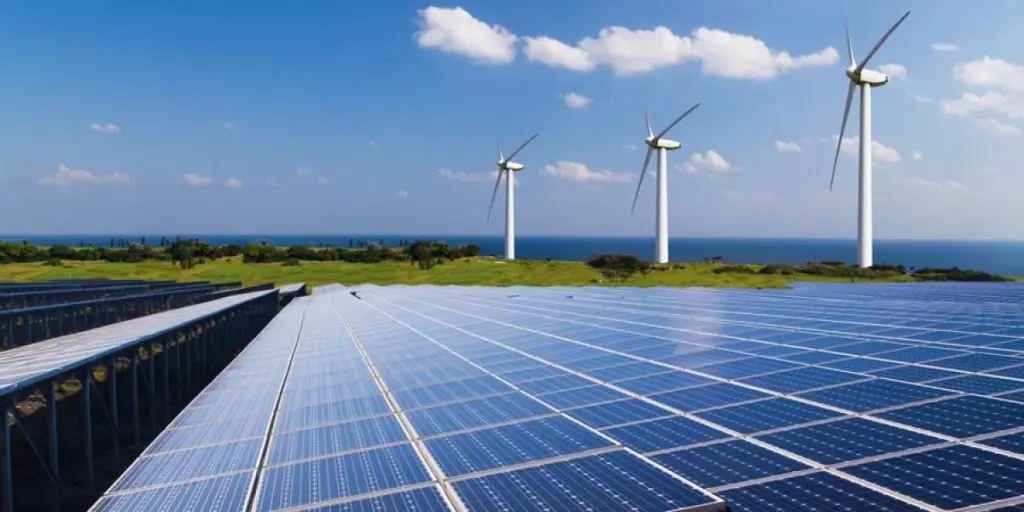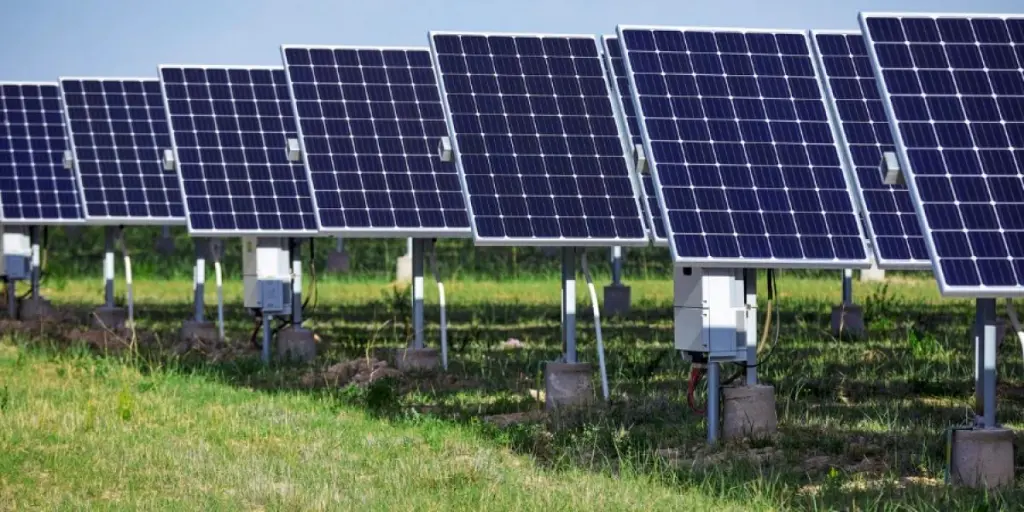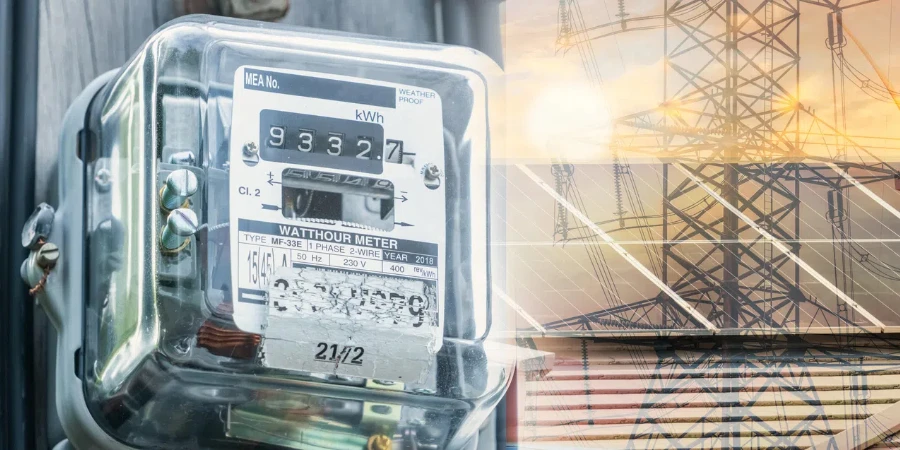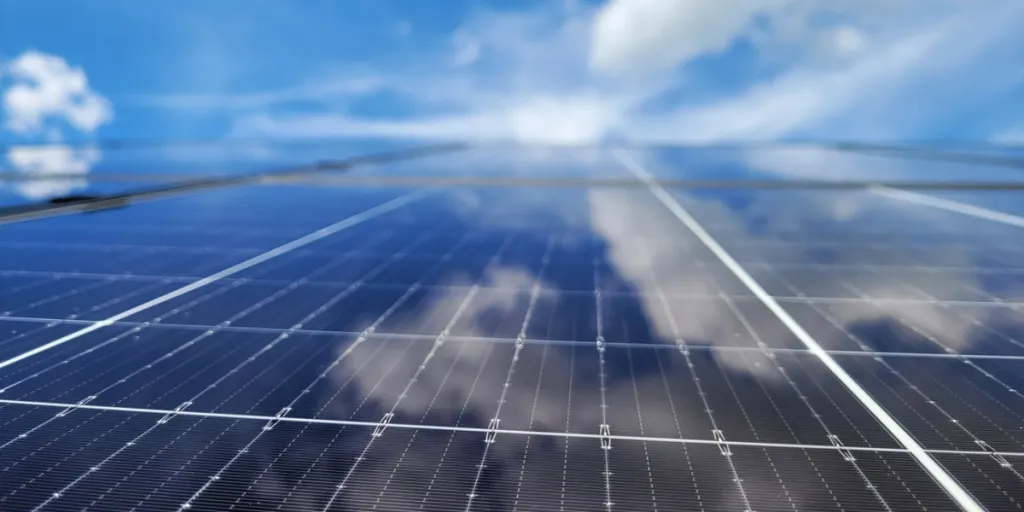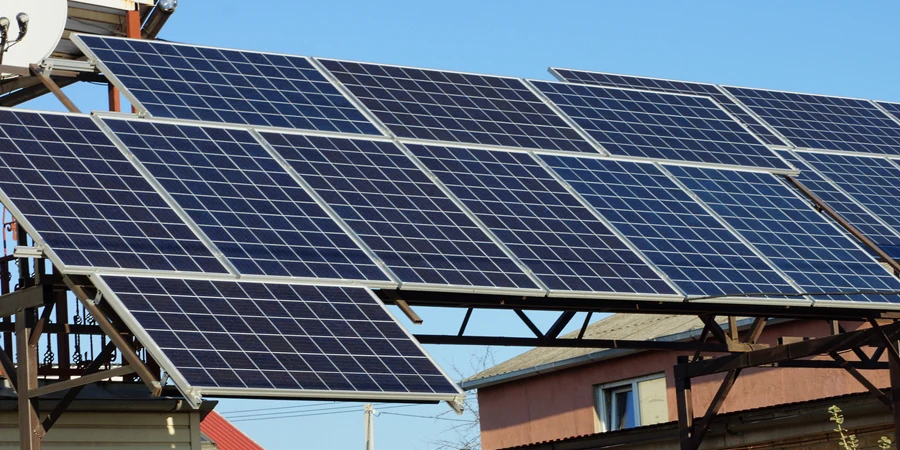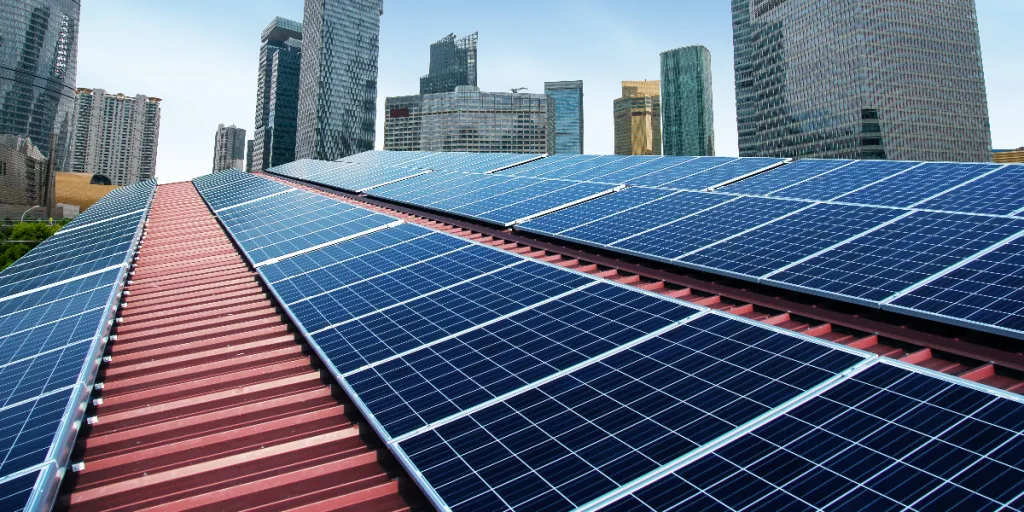Some see merchant solar as risky, but investors are increasingly snapping up Europe-based merchant PV opportunities for “huge profits,” a researcher from the International Energy Agency Photovoltaic Power Systems Program tells pv magazine.
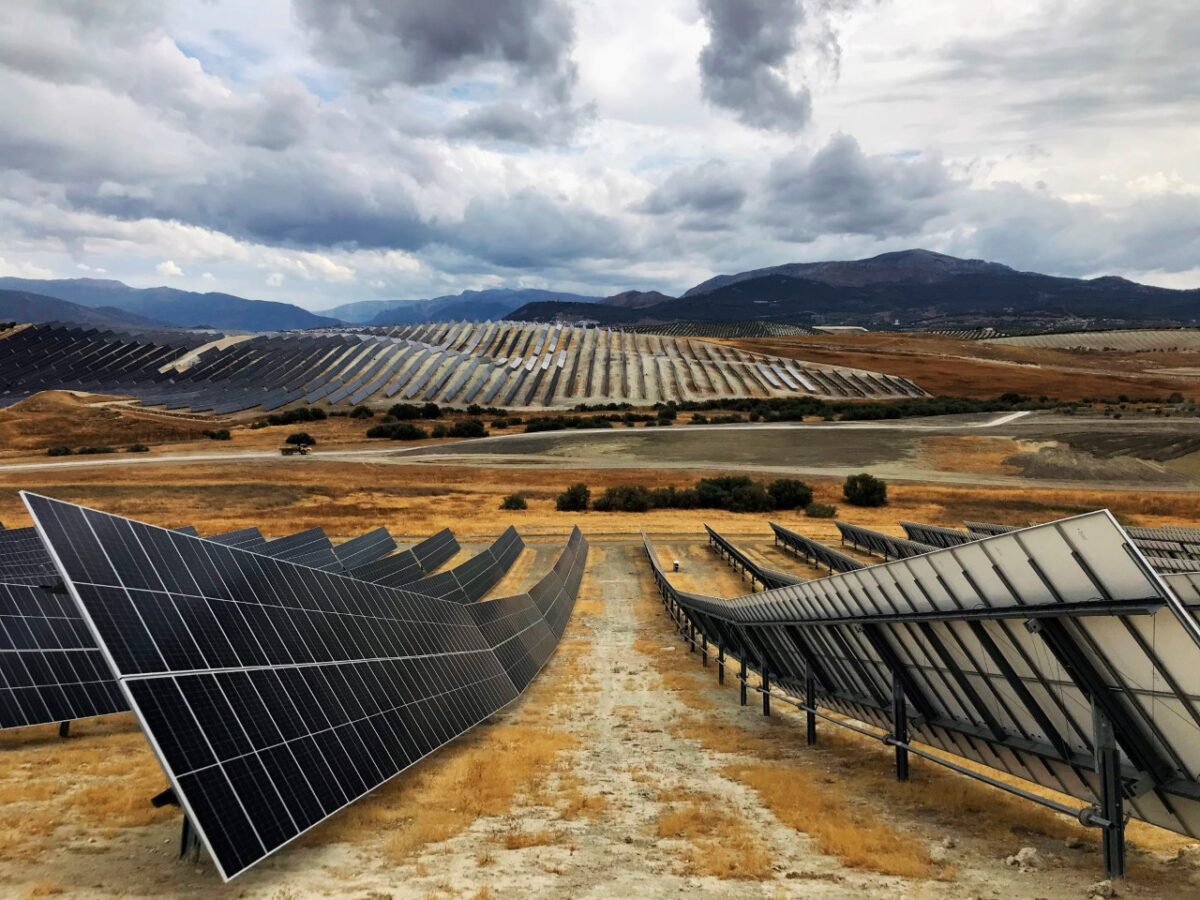
Gaëtan Masson, the CEO of the Becquerel Institute and operating agent for the International Energy Agency Photovoltaic Power Systems Program, told pv magazine in a recent interview that merchant PV is growing in select European markets. He said investors are “starting to jump” on merchant PV and “huge profits.”
“If we look at utility-scale PV, we have three different business cases. Tenders are absolutely not risky. Then PPAs are a little bit more risky, simply because especially with commercial PPA you rely on private companies [and] things can happen during 20 years,” he said. “The last option is probably riskier – it’s merchant PV. But if you look at Germany or Spain with merchant PV, and the prospects for high wholesale market prices, the perspective for huge profits are significantly higher than then the risk associated, so it’s a different kind of investments.”
Masson said he sees this trend gathering steam in certain European markets, such as Spain and Germany. It is starting to gain pace in Italy, he said, but it is not as pronounced because of the country’s unstable solar regulations.
“Europe is probably the best case for the time being because of relatively high wholesale prices, and predictably high wholesale prices,” he said. “If you look at the LCOE of PV in south Spain, which is around €20 ($21.17)/MWh when you have market prices in between €50 and €100, it’s a no-brainer.”
Masson co-authored a recently published IEAPPSP report, “Trends in photovoltaic applications 2023.” It identifies key shifts in the PV sector from the past year, including the growth of merchant PV opportunities in numerous countries for the second year in a row. This shift is particularly apparent “in established markets where it is pulled by high electricity consumption prices,” the report states.
“The design of the electricity market plays an important role for the emergence of this type of business model as the market should provide both short term and long term incentives,” the report continues. “Norway saw its first [merchant-based PV plant] project licensed in 2022, Australia has 18% of its nearly 20 GW capacity exposed to spot markets, Hungary and Italy already have merchant PV systems. Experts estimate that up to half of future utility scale projects in Spain could be merchant PV.”
Masson, who is also co-chair of the European Solar Manufacturing Council, said he believes that merchant PV sales will rise – up to a certain point.
“Something that California popularized a few years ago is the concept of the curve, where the more you produce PV in the midday, the more wholesale prices are going down,” he said. “We don’t see it yet in Europe, but it will most probably happen in Spain at some point.”
Masson said something that consistently surprises him while researching international PV trends is that data collection is unequal.
“We are developing a technology that is considered mainstream, but few countries know what exactly is happening in their own country,” he said.
An example of the impact of this failure is utilities rolling out inappropriate solar tenders, Masson said, noting Vietnam as a case study.
“I went there and I worked with Vietnamese operators and utilities and they were thinking about installing 800 MW of PV,” he said. “And the other way around … if you look at some African countries, no one has any idea of what is installed. No one. How can you define the renewable energy development policy if you don’t have any idea what you have at the time?”
This could be amended if all solar stakeholders – from distribution operators and grid operators to installers – report installed capacity, according to Masson.
Stagnant policy is also affecting the scope of solar deployment. This is visible in the scale of manufacturing compared to installed capacity in 2022, Mason said.
“The market could have been significantly higher in 2022,” he argued, “But it wasn’t. Why? Because we start to touch the limits of existing policies.”
Social acceptance and training a skilled workforce remain huge hurdles to widespread PV utilization. Masson said he is confident that these challenges cannot be overcome without “strong approval from policymakers.”
“The energy transition starts to destroy – massively – jobs in the conventional energy industry. That’s normal. But we have to create similar jobs in the PV industry,” he said. A means of creating these jobs is scaling up Europe’s solar PV manufacturing capabilities, which will reassure policymakers that there is job creation in the sector, Masson said. “All these political obstacles or barriers are slowing down the speed at which the market is growing. Otherwise, we will be at 400 GW this year.”
This content is protected by copyright and may not be reused. If you want to cooperate with us and would like to reuse some of our content, please contact: editors@pv-magazine.com.
Source from pv magazine
Disclaimer: The information set forth above is provided by pv-magazine.com independently of Alibaba.com. Alibaba.com makes no representation and warranties as to the quality and reliability of the seller and products.
